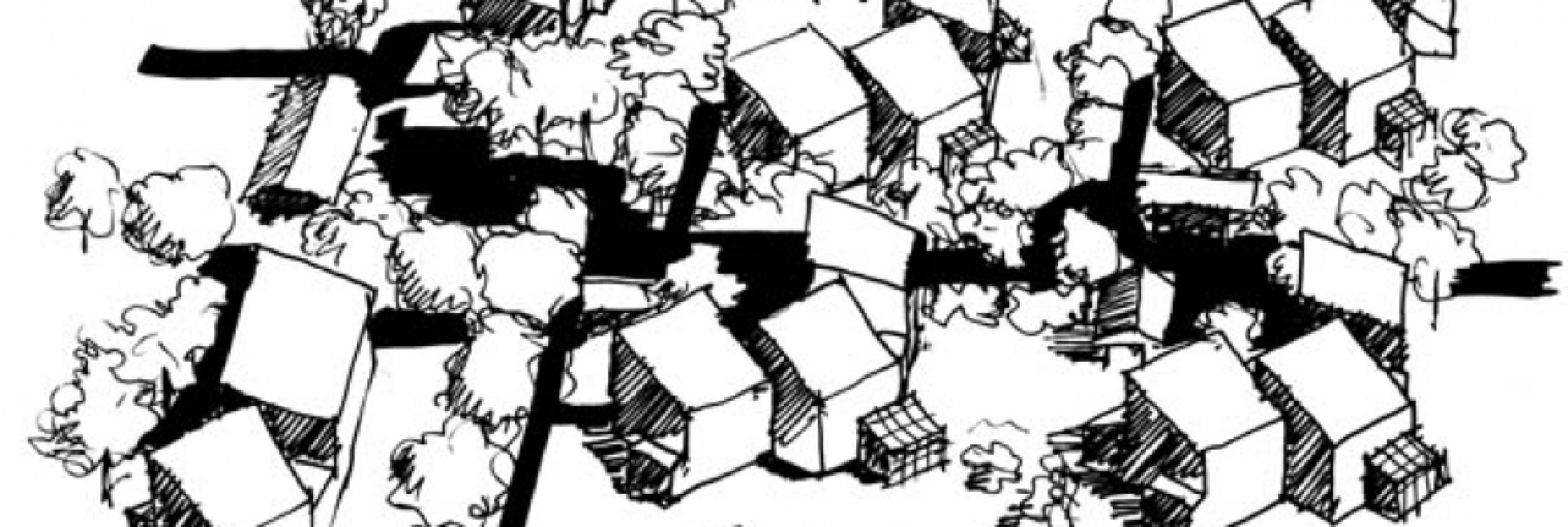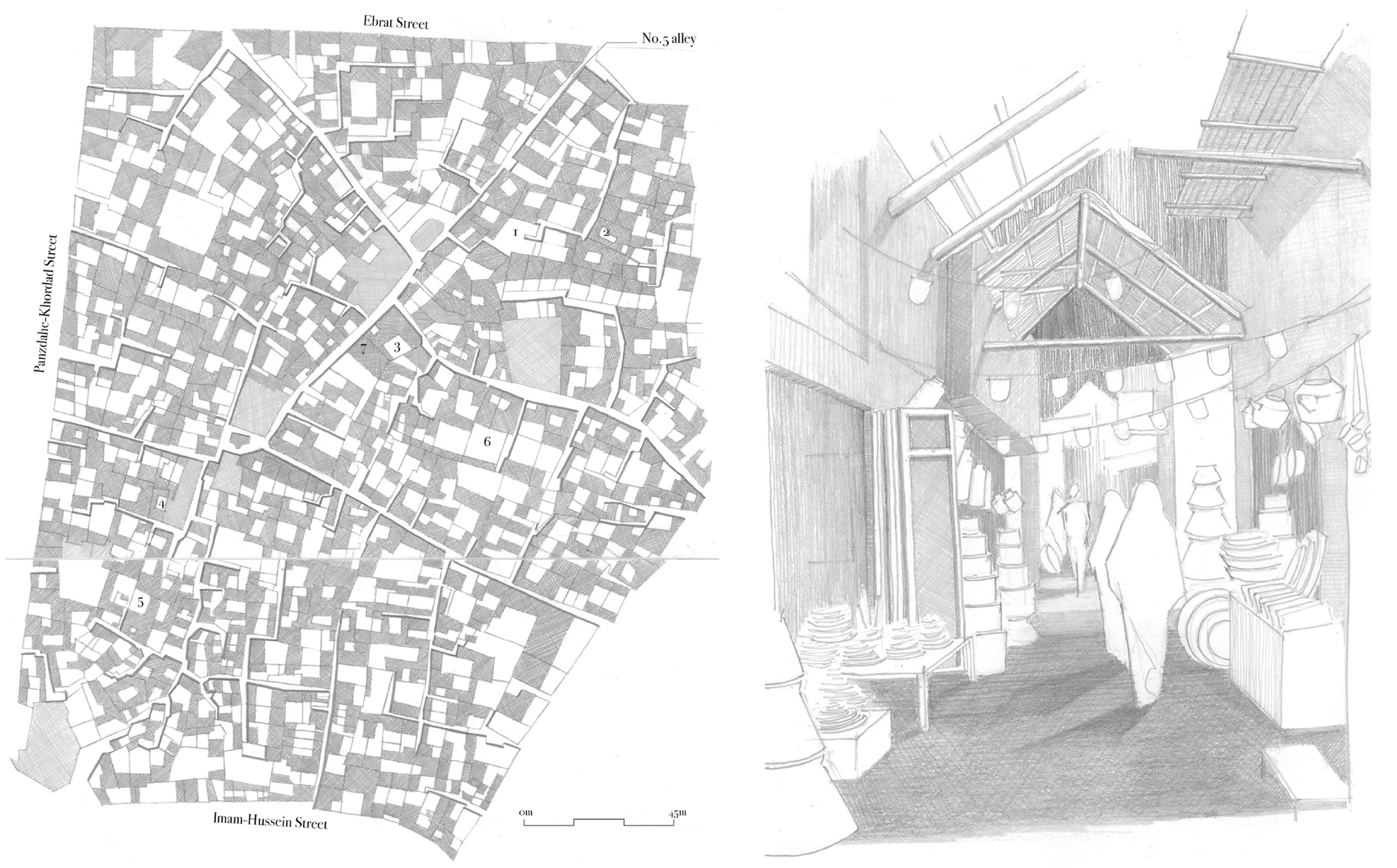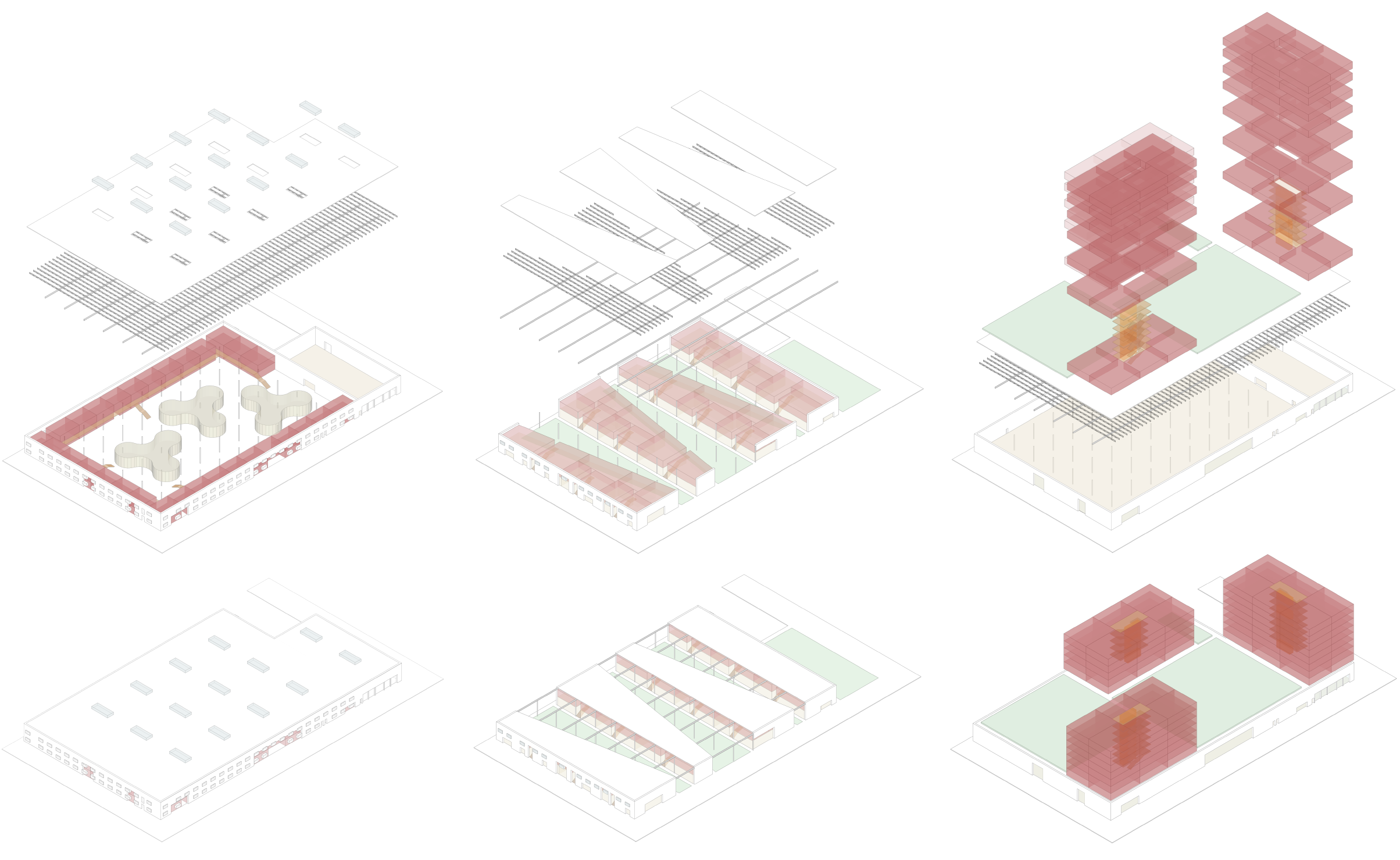
Urban Design & Housing was the last housing-focused option offered in the Master of Architecture Post-professional program, and was active from 2009–2020. It was built on the legacy of previous educational experiences at the School, and on the expertise of its leading and contributing faculty: Vikram Bhatt, Avi Friedman, Nik Luka, Robert Mellin, Annmarie Adams, and Ipek Türeli. The option has attracted architects, landscape architects, planners, and other graduates in space-focused disciplines, who wanted to develop specialized skills in housing, urban design, the interpretation of cultural landscapes, and the management of human settlements.

Urban Design & Housing established a more explicit focus on urban design, after a first dedicated option had been started at the School by Professor Nik Luka in 2007. At that time, a new interpretation of urban design had gained prominence across the Anglo-American world. Unlike what was done in the past under the auspices of grandiose civic architecture or modernist urban planning, contemporary urban design was not simply taught as the act of manipulating the built environment, nor as the creative alignment of strategic (financial) interests that effect change in urban form. Instead, it was considered as the interdisciplinary effort of organizing larger-scale projects with diverse stakeholders, including everyday users through community-focused participatory methods, to create spaces that are well-liked and well-used by people across different temporalities. In brief, the focus was on making the most of urban areas to create pleasant places in which to linger, to partake of public life, and to help build strong, tolerant, and progressive civil society. This was done in full recognition that human environments are inherently complex, and of the consequent need for design interventions to acknowledge local social, historical, and environmental differences.

Congruent with the overarching objective of “sustainable development,” Urban Design & Housing was organized on two vital imperatives:
- Assessing the quality of urban form, structure and use, according to various performance criteria, including the identification of particular problems and opportunities; and
- Developing strategies for improving the situation.
These two objectives were reflected by the content of the curriculum, which included seminars on the two main fields (housing and urban design), a course on research methods, and electives supporting students’ individual research. Meanwhile, a studio component engaged candidates in a planning and design exercise on local (e.g. Montreal’s green lanes), national (e.g. Nunavik), or international (e.g. India and China) cases studies. The studio prepared students for major professional challenges, also through interactions with experts and stakeholders from a diversity of backgrounds. As a result, on the one hand, Urban Design & Housing taught key conceptual and strategic elements from space-focused disciplines, reaching in important ways beyond them. On the other hand, the option was informed by concepts, methods, and lessons from civil engineering, art history, sociology, anthropology, cultural landscape studies, environmental psychology, human geography, and health studies.

There really is no “typical” urban design practitioner, nor is there a “standard” set of skills that can be mechanically applied for the rest of one’s career. Likewise, graduates from Urban Design & Housing followed different paths, from taking design and planning positions in public offices, semi-public institutions, or private companies, to pursuing further research in the field through Ph.D. studies and contributing through lectures and publications in peer-reviewed journals.
